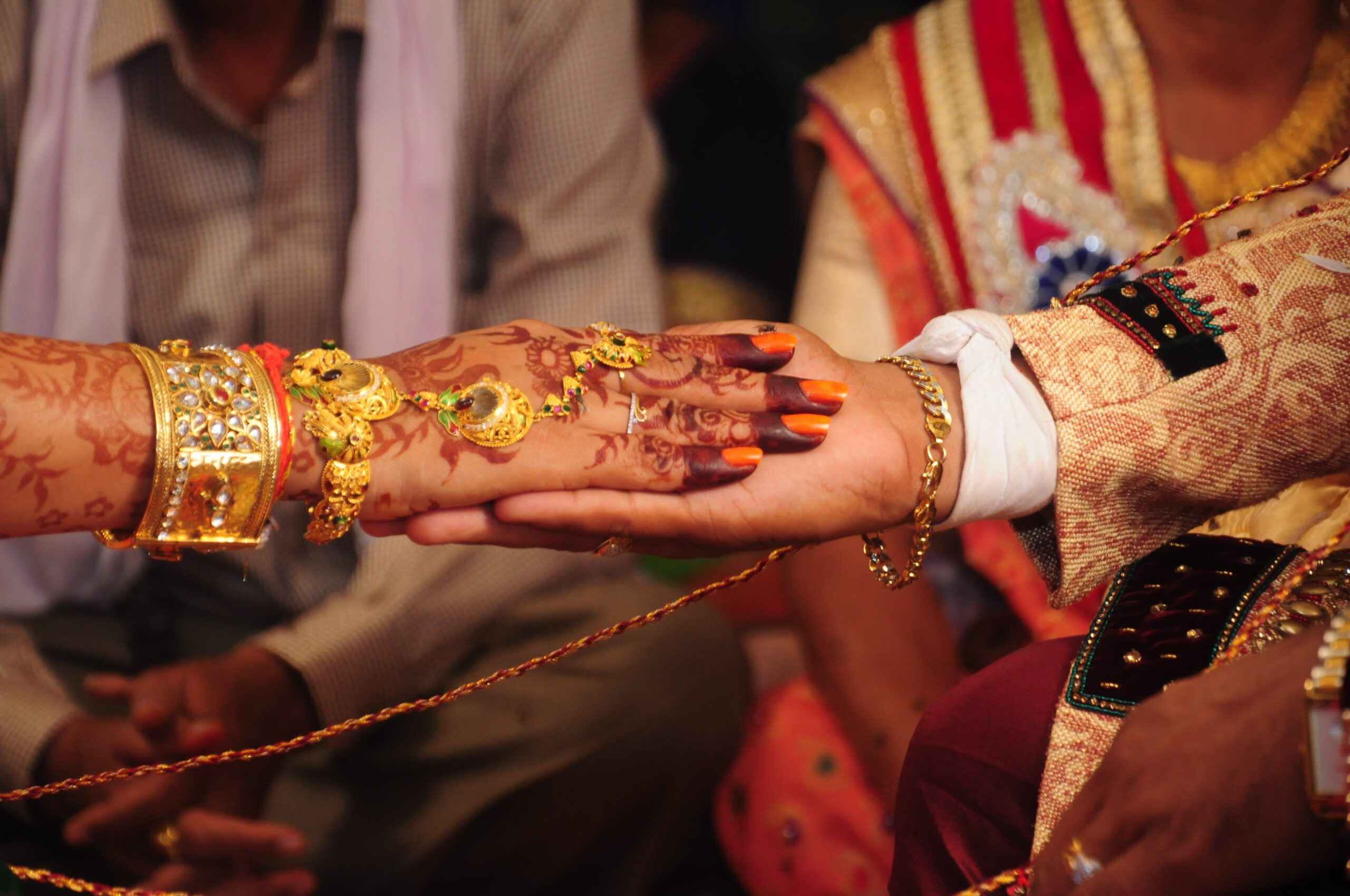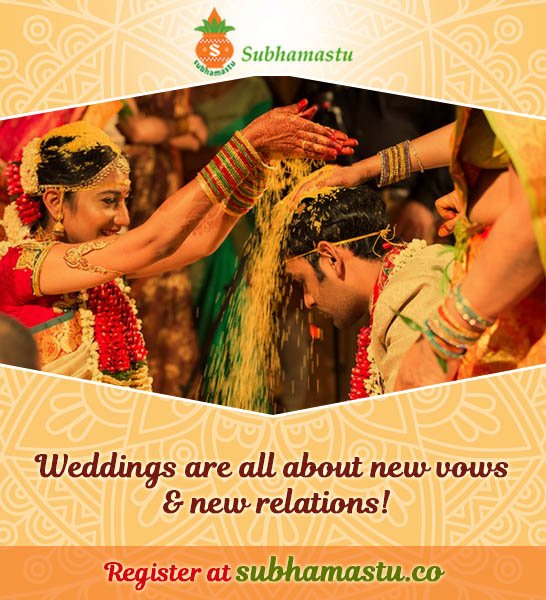Hindu weddings are a grand affair, characterized by a plethora of rituals, customs, and traditions. While there are several similarities in the way Hindu weddings are conducted across different regions, there are also distinct differences. One such difference is the time of the day when the wedding ceremony takes place. In northern parts of India, it is common for weddings to take place after sunset, while in southern parts of India, weddings are generally held during the day. In this article, we will explore the historical and scientific significance of why Hindus from the northern part of India get married after sunset.
Historical Significance
The practice of conducting weddings after sunset has been prevalent in northern parts of India for centuries. It is believed that this practice dates back to the Vedic times when weddings were conducted only during the evening hours. The reason for this was that during the day, people were occupied with their work, and it was only after sunset that they had the time and energy to participate in the wedding ceremonies.
Another reason for conducting weddings after sunset was to avoid the scorching heat of the sun. Northern India experiences extreme temperatures during the day, especially during the summer months. Therefore, conducting weddings during the day would have been uncomfortable for the bride, groom, and guests.
Scientific Significance
The scientific reason behind conducting weddings after sunset lies in the principles of Vastu Shastra. Vastu Shastra is an ancient Indian science that deals with the design and construction of buildings. According to Vastu Shastra, there are certain directions that are considered auspicious, and the energy flow in these directions is believed to bring good luck and prosperity. The direction in which the wedding mandap (canopy) is set up is very crucial. If the mandap is set up in an inauspicious direction, it can have negative effects on the couple’s married life.
It is believed that during the daytime, the sun’s rays come from the east, making it an auspicious direction. However, as the day progresses, the sun’s rays shift towards the west, which is considered inauspicious. Therefore, conducting weddings after sunset ensures that the mandap is set up in the east direction, which is considered the most auspicious direction for a wedding.
What Ayurveda says
Additionally, according to Ayurveda, the ancient Indian system of medicine, the human body is composed of three doshas – Vata, Pitta, and Kapha. The time of the day when the wedding takes place can affect these doshas, which in turn can affect the couple’s health and well-being. It is believed that the Vata dosha is dominant during the evening hours, and conducting the wedding during this time can have a positive effect on the couple’s health and longevity.
Conclusion
In conclusion, conducting weddings after sunset has a rich historical and scientific significance in northern parts of India. While it may seem like a simple tradition, it has roots in ancient Indian customs and beliefs. The practice of conducting weddings after sunset is not just a matter of convenience but also has deep spiritual and cultural significance. It is a reminder of the rich cultural heritage of India and the importance of preserving its traditions for future generations.




